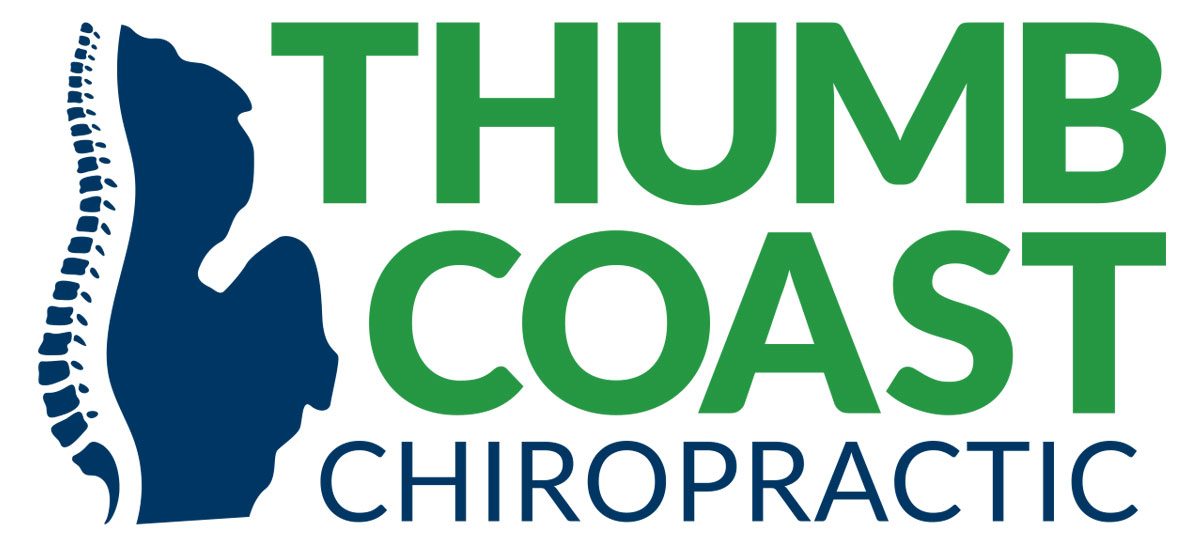
Nurses’ feet may be tired at the end of a long shift, but it’s often their backs that pay the ultimate price.
Studies of workers’ compensation claims that involved back-related injuries revealed that nurses have the highest claim rates of any occupation or industry. The American Nurses Association states registered nurses ranked fifth among occupations most at risk for strains and sprains – higher up than stock handlers or construction workers. In addition, the American Journal of Critical Care reports that 38 percent of nursing staff has back pain and disabling back injuries.
Back pain compels many nurses to seek other employment. Learning ways to prevent back injury can keep nurses feel safer, happier and increase the likelihood that they enjoy long, productive careers in the field of nursing.
· Reevaluate patient transfer movements. University of Ohio researchers measured spinal load pressure during various routine nursing tasks involving patient handling, including the one-person hug and two-person gait belt. Various methods of transferring and repositioning patients place nurses in a high-risk group for back injury. The study indicated that use of the proper body mechanics that nurses are taught may do little to prevent cumulative or direct back injuries. Instead, proper mechanical lift equipment and dedicated lift teams can reduce rates of injury. This is something hospitals and other settings can consider.
· Maintain physical fitness. According to Richard H. Haglen, MSPT, CSCS, a physical therapist in Florida, nurses who maintain a healthy weight, muscle strength and flexibility are less likely to get hurt on the job. Trunk stability exercises can go a long way toward preventing future injuries.
· Maintain proper posture. Maintain good posture and body mechanics throughout the day when standing, sitting or walking. The online nursing resource Nurse Labs says the head should be held straight with earlobes in line with the middle of the shoulders when standing. Keep the shoulder blades back and the knees straight as well. In addition, the stomach should be tucked in and the pelvis should not be tilted forward or backward.
· Wear supportive shoes. Standing and walking on hard floors can put stress on the back. Shoes that absorb impact well can help reduce back pain.
Nursing back pain and injury is no joke. In fact, the National Institute for Occupational Safety and Health implemented a comprehensive research program several years ago that aimed to prevent work-related musculoskeletal disorders with major efforts to reduce lifting injuries in healthcare settings.
Nurses spend their professional lives taking care of others. But it’s equally important that nurses take steps to protect their own bodies while on the job.
